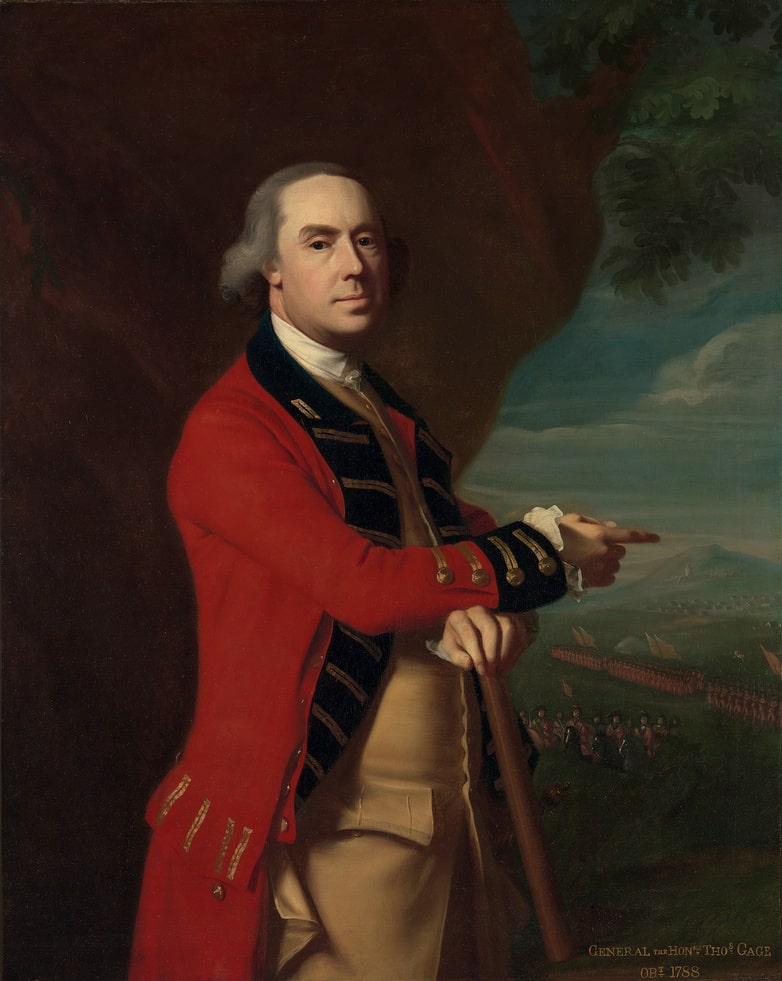Contents

Contents
Quick facts
- Born: March 10, 1718 or 1719 in East Sussex, England.
- Thomas Gage was a British general best known for his role as the military governor of Massachusetts Bay and commander of British forces at the onset of the American Revolutionary War.
- He ordered the British marches to Lexington and Concord in April 1775, which ignited the Revolutionary War following the battles there.
- Gage’s policies and actions in Massachusetts, including the enforcement of the Intolerable Acts, significantly contributed to the rising unrest and eventual outbreak of the war.
- Despite his military experience, Gage struggled to control the escalating conflict and maintain British authority in the colonies.
- His tenure as governor was marked by increasing tensions and resistance from the colonial population, leading to his recall to Britain in 1775.
- Died: 2 April 1787 in London, England.
Biography
Thomas Gage, British general and colonial governor of Massachusetts, second son of the first Viscount Gage, was born in 1721. He entered the army in 1741 and saw service in Flanders and in the campaign of Culloden, becoming lieutenant colonel in the 44th foot in March 1751.
In 1754 he served in America, taking part the following year in General Braddock’s disastrous expedition against Fort Duquesne. In 1758 he became colonel of a new regiment, and served in General Amherst’s operations against Montreal. He was made Governor of Montreal, and promoted to major general in 1761. In 1763 he succeeded Amherst in the overall command of British forces in America and in 1770 became a lieutenant general.
In 1774 he was appointed Royal Governor of Massachusetts and in that capacity was entrusted with carrying into effect the Boston Port Act. The difficulties which surrounded him in the execution of his office at this time of the gravest unrest culminated in 1775, and in the action of 19 April at Lexington he initiated the American Revolutionary War. Following the Battle of Bunker Hill, Gage was succeeded by General Sir William Howe and returned to England.
He became a general in 1782, and died in 1787.

